We use cookies
Using our site means you agree to the use of cookies and similar technologies. Read about our policy and how to disable them here
A Lame (pronounced 'la-may') in fencing is a specialist piece of clothing used to make an area on the fencer that is electrically conductive. The conductive area is used for the scoring equipment to see if the fencers has been touched or hit in the correct target area according to the rules. The Lame is made from metal material but, in reality, does not provide protection to the athlete.
Lame fabric is typically made from a combination of metallic fibres and other materials such as silk, polyester, or nylon. The metallic fibres are what give the fabric its shiny appearance. The metals used in Fencing lames are silver, stainless steel, nickel and copper wrapped in another metal. Silver fibres are the best as they are very thin and flexible, lightweight and also anti-microbial, so they kill the bacteria that make clothes smell. Nickel is then considered the best for fencing lames as it is more flexible and less brittle meaning it stands up better over time to stainless steel lames.
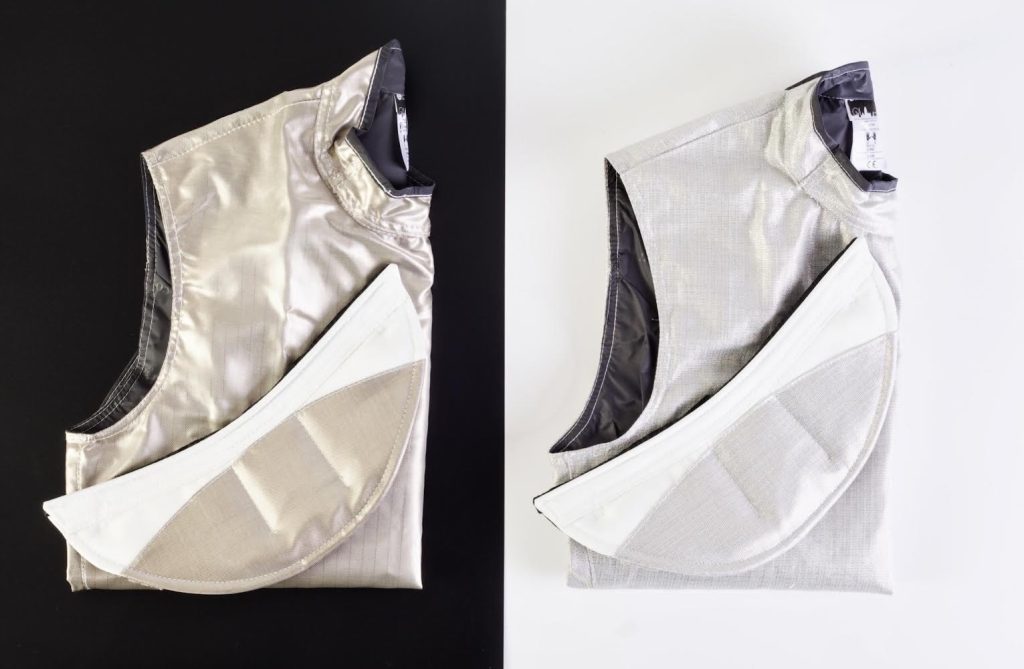
Copper is the cheapest but can go green over time and or stain the white clothing. The other materials used in the composition of lame fabric help to provide structure and durability to the fabric. The exact composition of lame fabric can vary depending on the manufacturer.
Lame Rules and Regulations
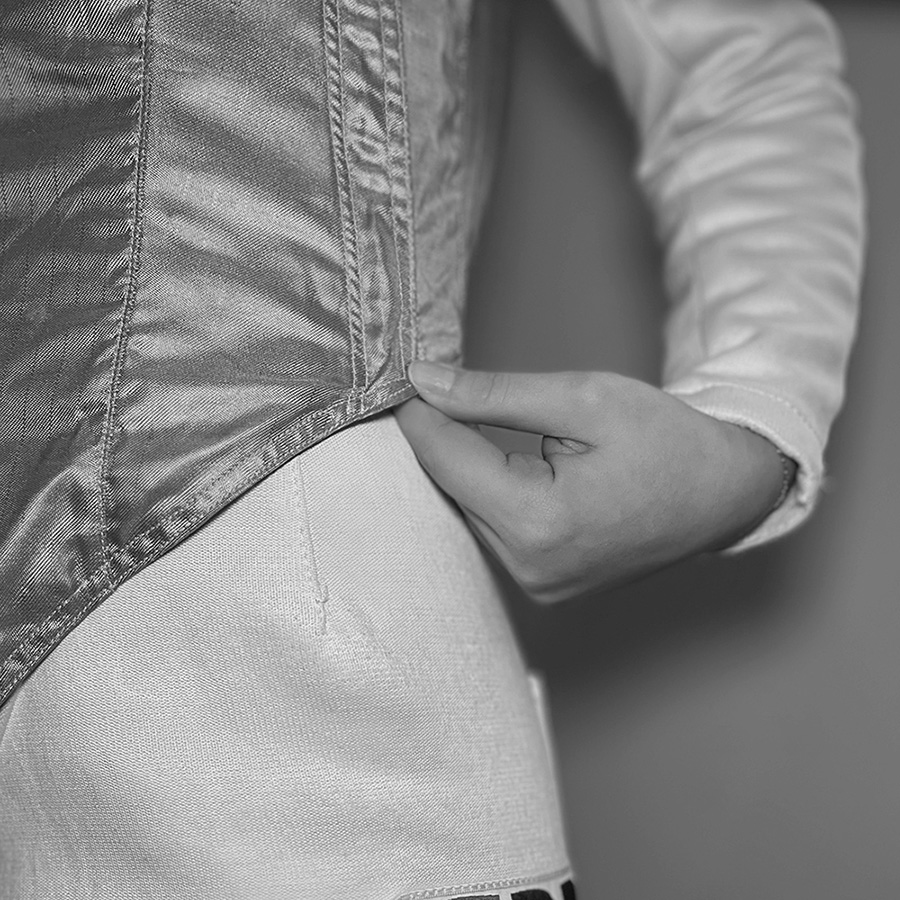
Many people misunderstand the requirements for the length of lames needed. The rules mean that a lame can actually sit very high up on your body, and this is a reduction in your target area. The rules are below, but here are a few images explaining the height that a lame can sit. The rules are slightly different between Foil and Sabre, but the target comprises any part of the body above the top of the hip bones. The Top of your hip bones are surprisingly high compared to where your belt sits on your hip.
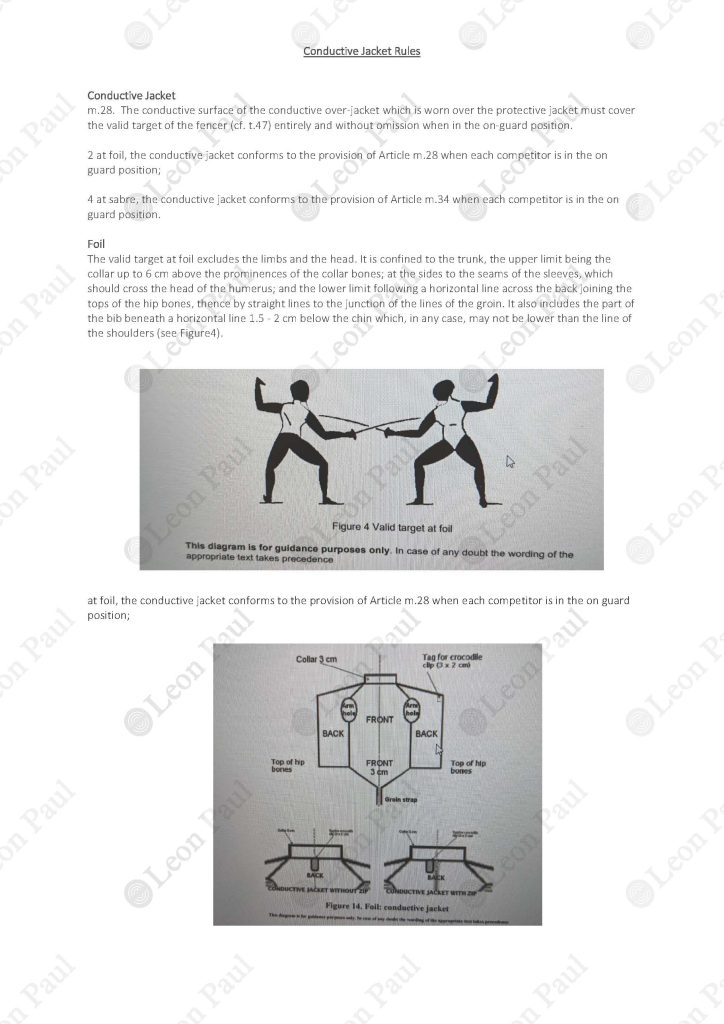
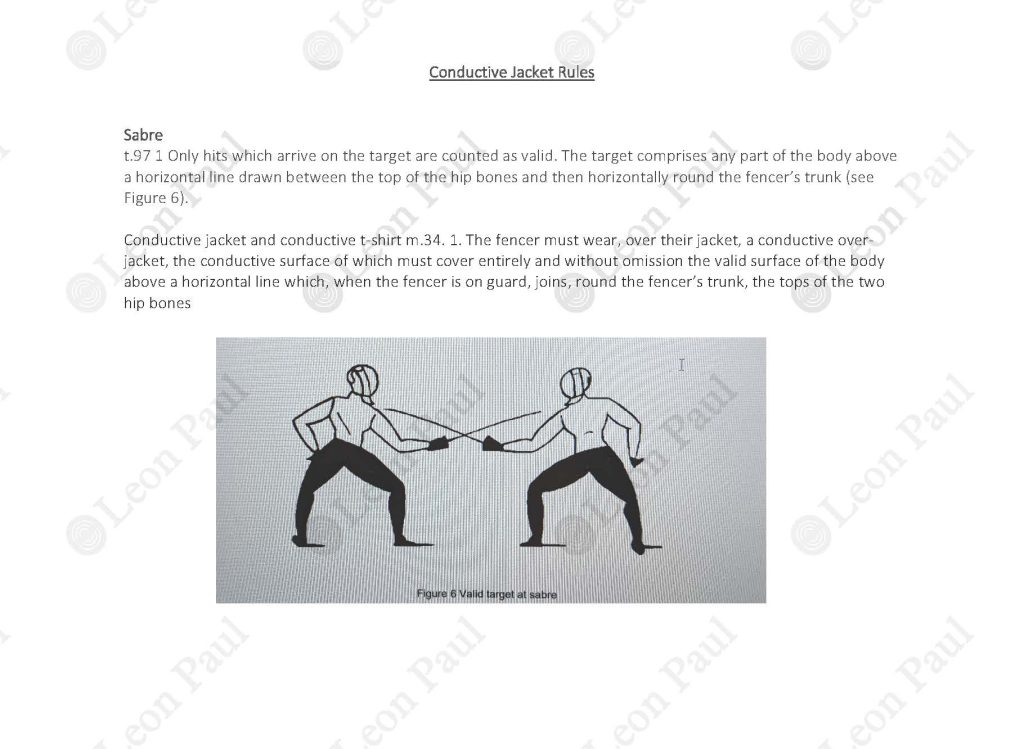
Definition and History of Lame
Lame fabric is a type of textile that is characterised by its metallic or shiny appearance. The term "lame" comes from the French word "lamé," which means "thin metal plate." Lame fabric has a rich history that dates back to medieval times when it was used to create luxurious garments for the nobility. The fabric was originally made from gold or silver threads, which were woven into silk or other fine fabrics. During the Renaissance period, lame fabric became even more popular and was used to create elaborate costumes for theater productions and masquerade balls.
Durability and Maintenance of Lames
The durability and maintenance of lame fabric depend on the type of thread used to create it. Although Leon Paul Lames are machine washable, many are not. For silver lightweight lames, do not use any bleach, softener, or washing powder. The use of any of these can affect the conductivity of the Lame. General washing instructions for Lames are:
Fasten zip and Velcro® closures while washing.
IMPORTANT: Please only use colour-safe detergents, free of bleach, optic whitening or oxidising agents, to wash this item.
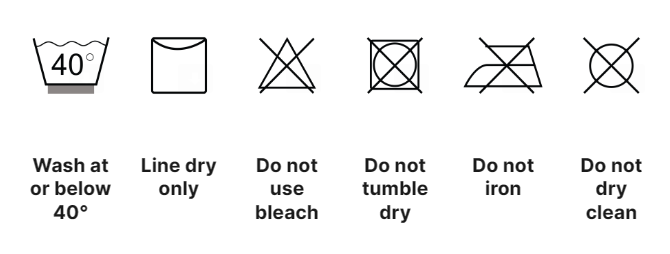
Additionally, it is best to Additionally, it is best to avoid exposing silver lightweight lame fabric to direct sunlight or high temperatures as this can cause the fabric to fade or lose conductivity. With proper care, lame fabric can last for many years.

